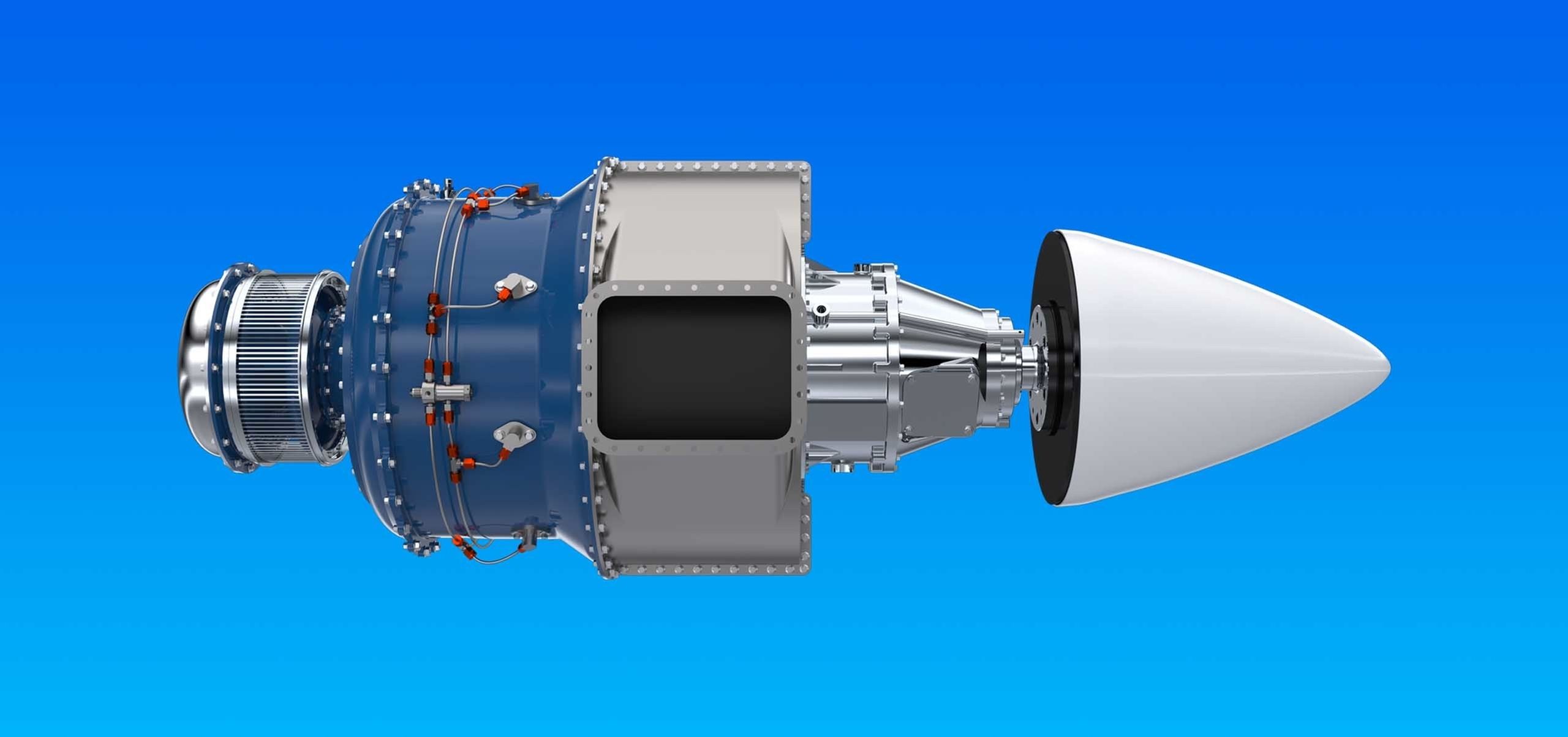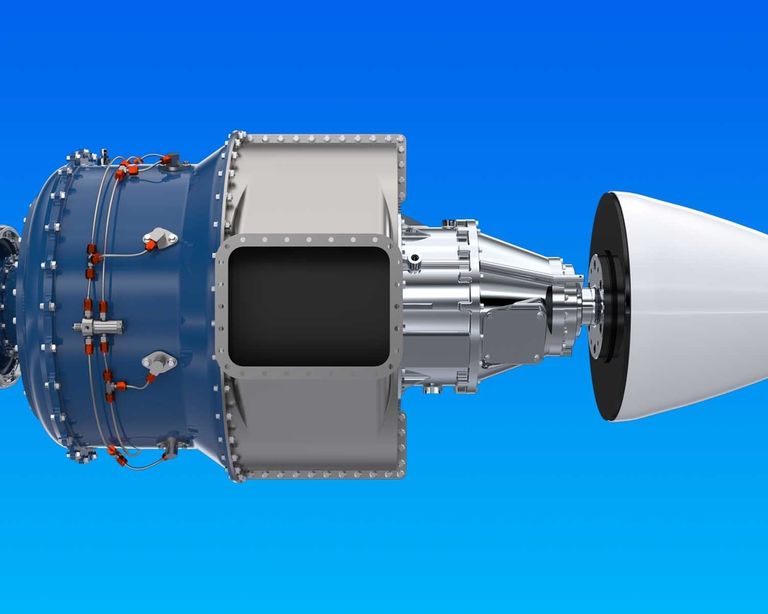Buy considerations
As pilots and homebuilders ourselves we know how important it is to make the right choice of engine for your aircraft, so we've put together this list of questions and answers to help you work through the assessment process. Of course, we're always here to help and happy to answer any specific questions you might have. If your question isn't answered below, just reach out to us using the button at the bottom of this page.


